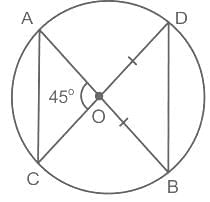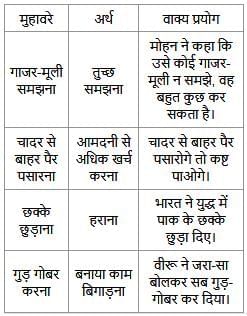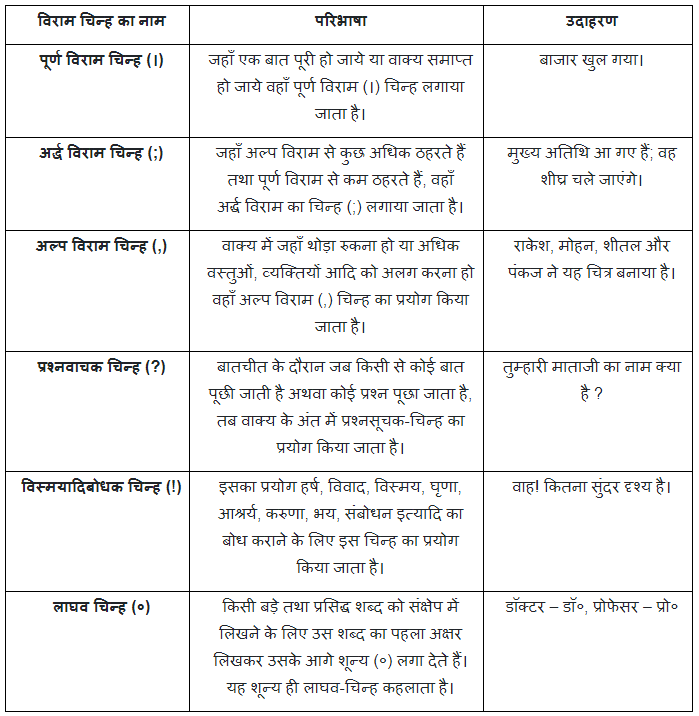CG Vyapam Teacher Mock Test - 4 - CG TET MCQ
30 Questions MCQ Test - CG Vyapam Teacher Mock Test - 4
Students' failure is often connected with disinterest in learning tasks. This can be minimized by:
Assertion(A): Development of the child depends on many principles, Development is done by the inter-relation between all these principles.
Reason(R): Development is a lifelong process and is done with the age of the child.
Which of the following is appropriate for the environment conducive to thinking and learning in children?
निम्नलिखित मुहावरे का अर्थ बताइए।
छाती पर मूँग दलना-
इनमें कौन सा वाक्य संदिग्ध वर्तमान काल का उदाहरण है?
'वह ऐसा क्यों कहता था कि वहाँ न जाएँगे' - वाक्य के अंत में किस विराम चिन्ह का प्रयोग होगा?
Identify the synonym for "pervasive" as used in the passage.
Identify the part of speech of "democratized" in the passage.
Reflecting on the debate around social media's impact on society, by which of the following descriptions the underlined "double-edged sword" cannot be replaced in the given context:
The correct IPA representation of the word ‘plums’ is-
In the given figure, O is the point of intersection of two chords AB and CD such that OB = OD and ∠AOC = 45º . Then ΔOAC and ΔODB are -

How many times did Mahmud of Ghazni invade India ?
What is correct?
i) President can say to council of ministers to reconsider on an advice.
ii) President can say to council of ministers to consider on a decision of a minister.
iii) Governor can say to council of ministers to reconsider on an advice.
iv) Governor can say to council of ministers to consider on a decision of a minister.
Consider the following statements regarding urbanisation and public transportation in India:
1. While metro rail projects have received increased funding, the current public transport system still primarily relies on road-based transport solutions.
2. The PM e-Bus Sewa initiative has been sufficient in meeting the demand for urban buses across India's rapidly expanding cities.
3. Kochi's reintroduction of trams is an example of a cost-effective alternative transit solution aimed at reducing operational costs and dependency on subsidies.
Which of the above statements are correct?
Consider the following statements:
1. The Rising Lion operation by Israel targeted over 100 sites in Iran, involving more than 200 jets.
2. The Sunni Arab states unanimously supported Israel's military operation against Iran.
3. The Joint Comprehensive Plan of Action (JCPOA) withdrawal under President Trump's administration played a role in weakening Iran's strategic position.
Which of the statements given above is/are correct?



















